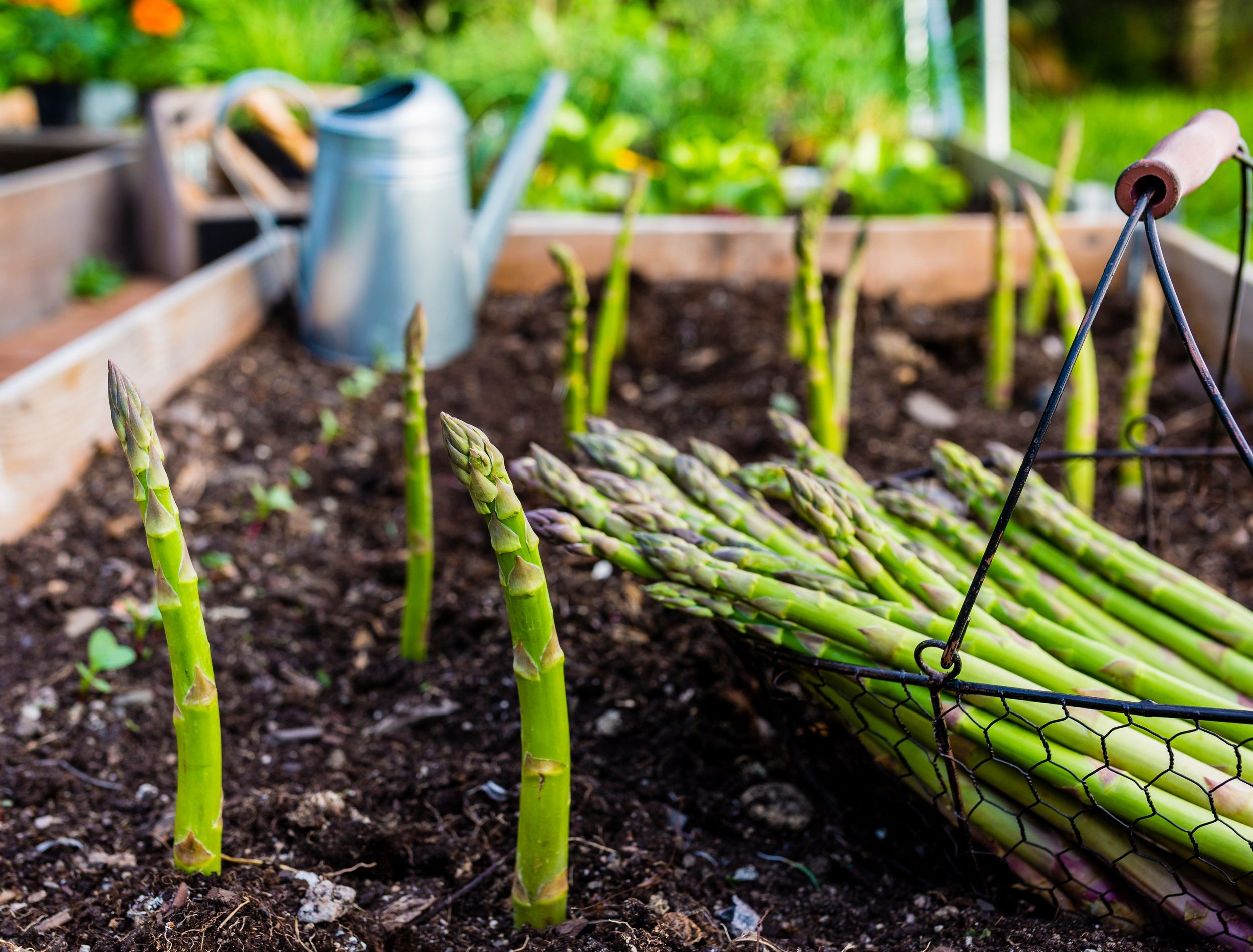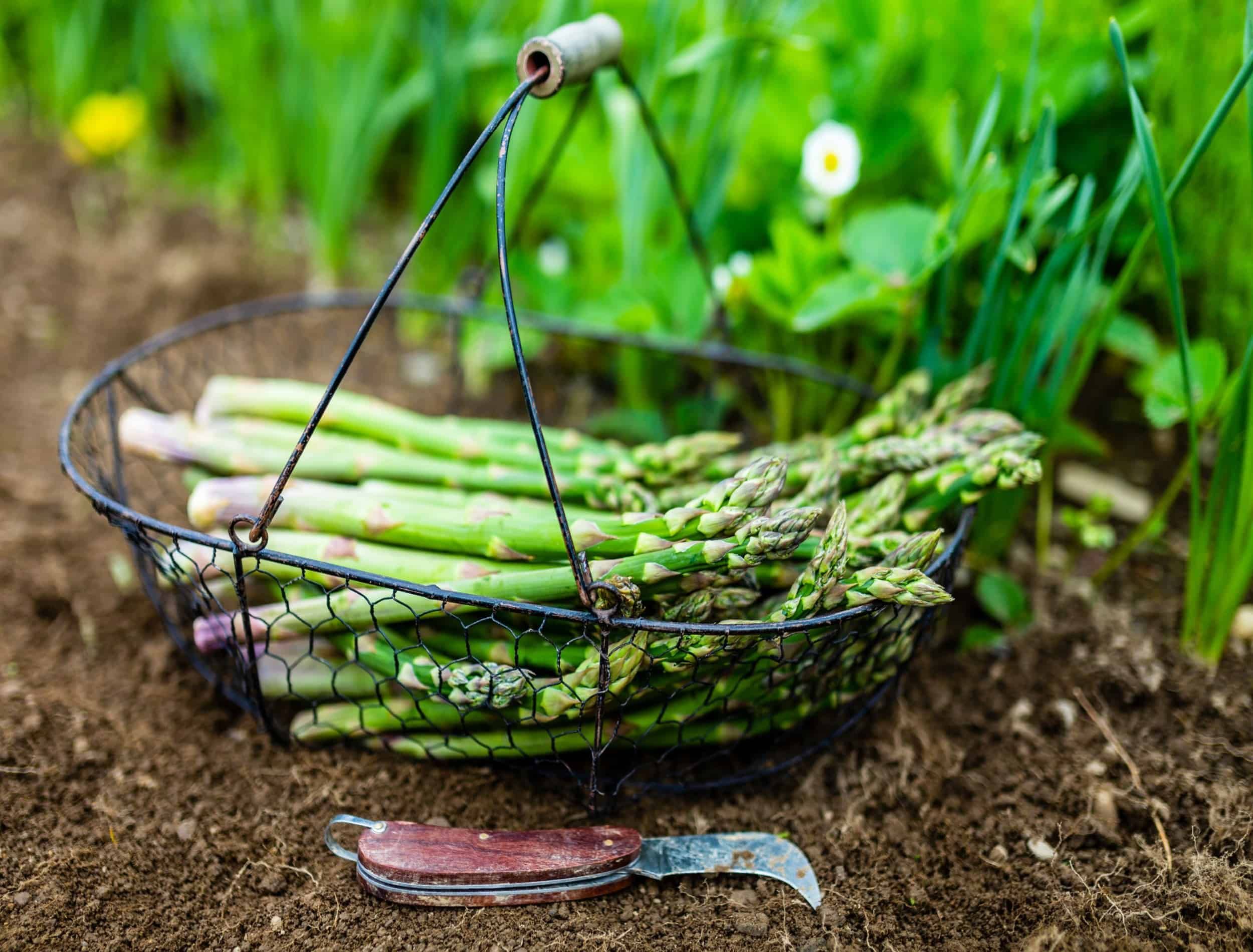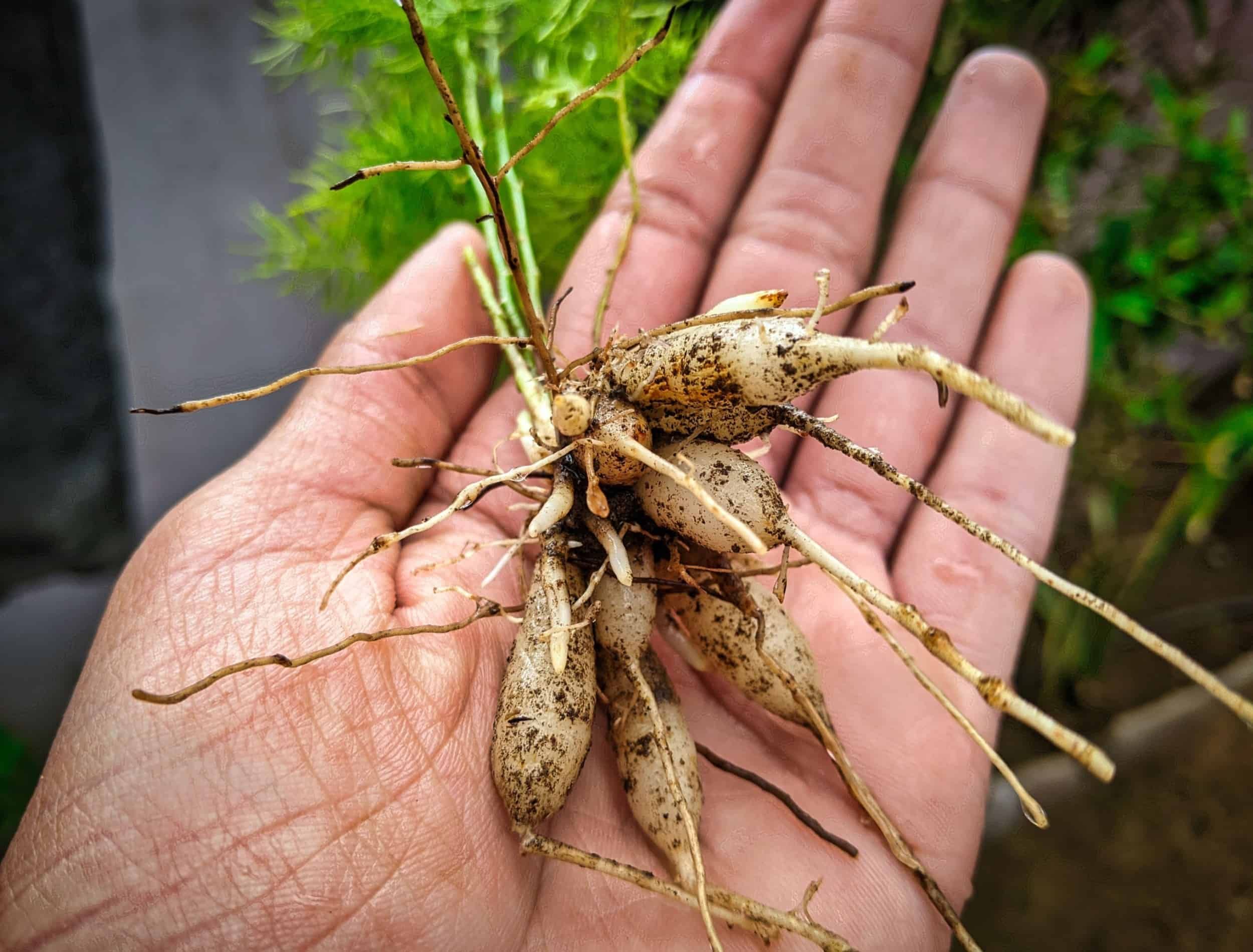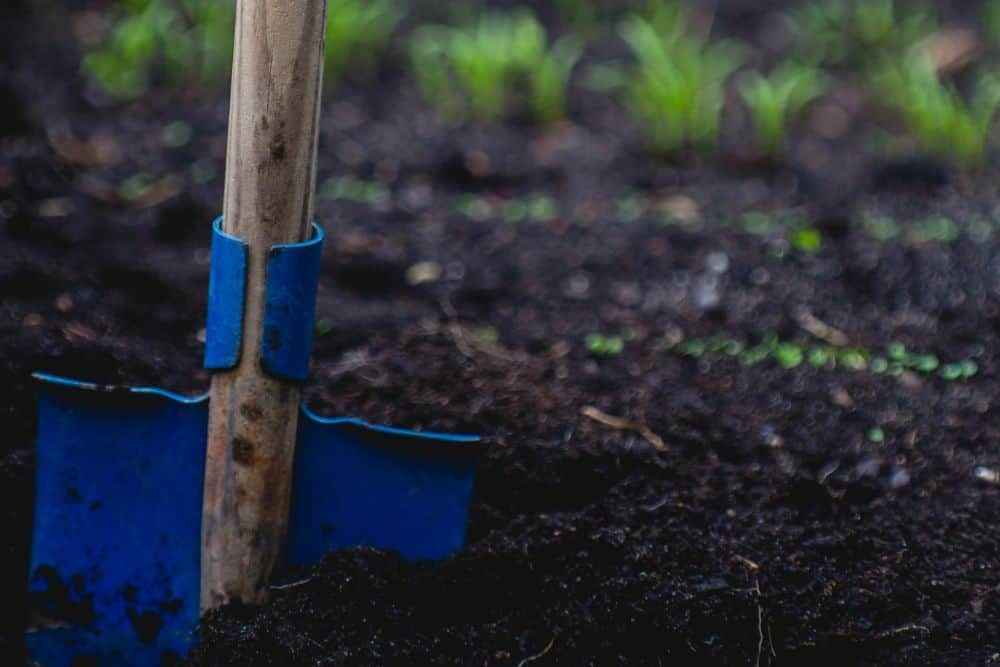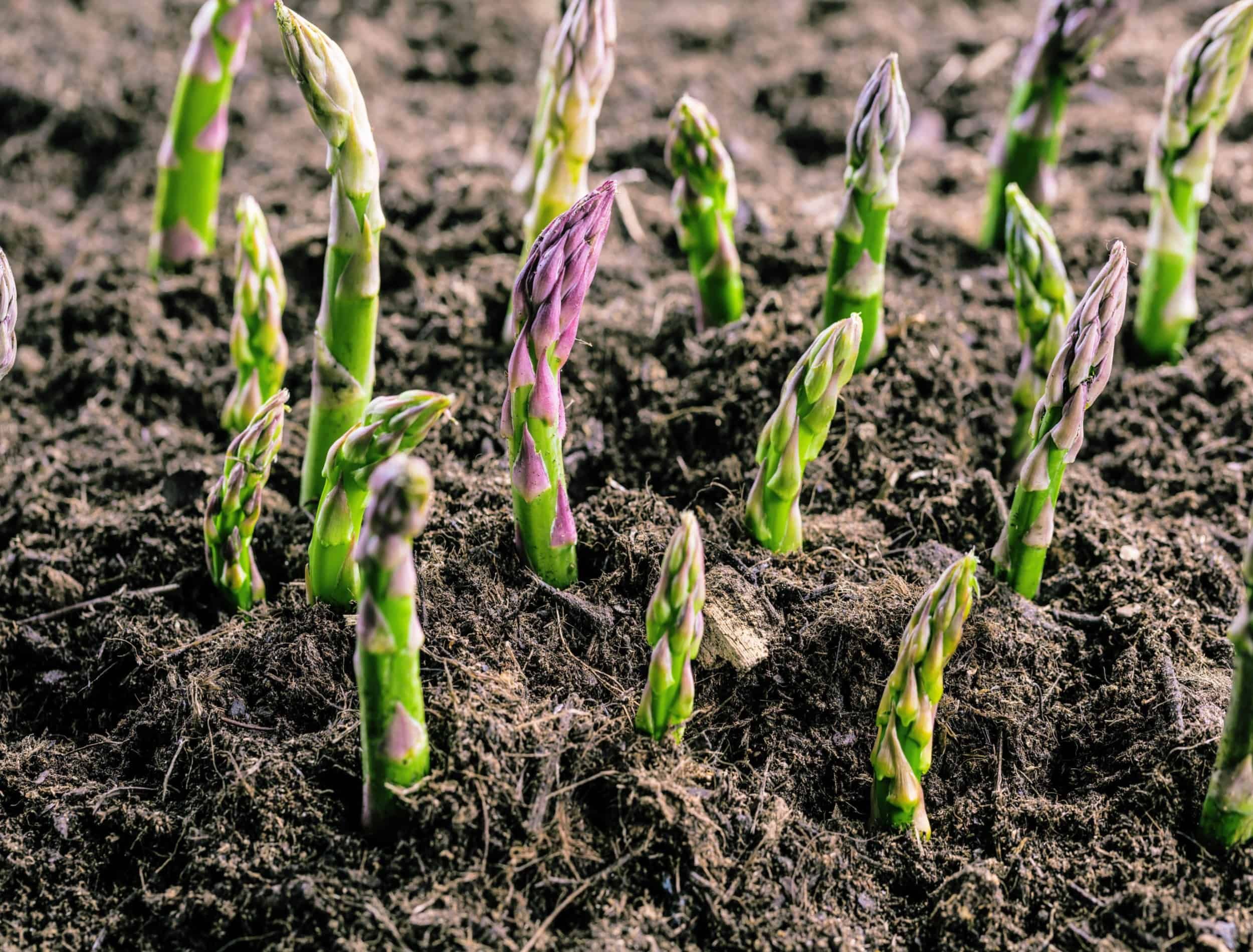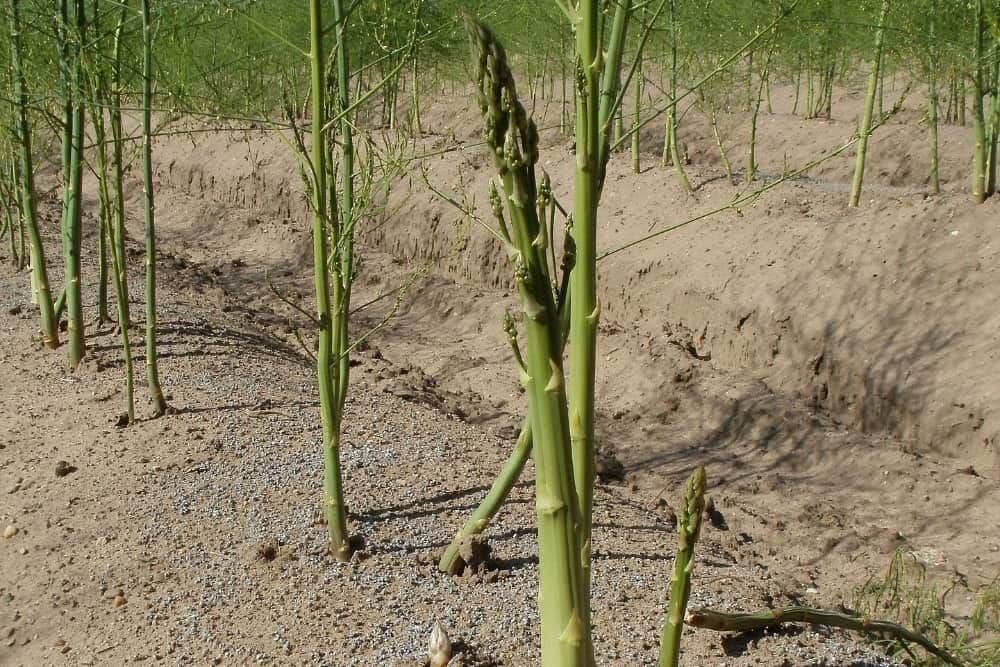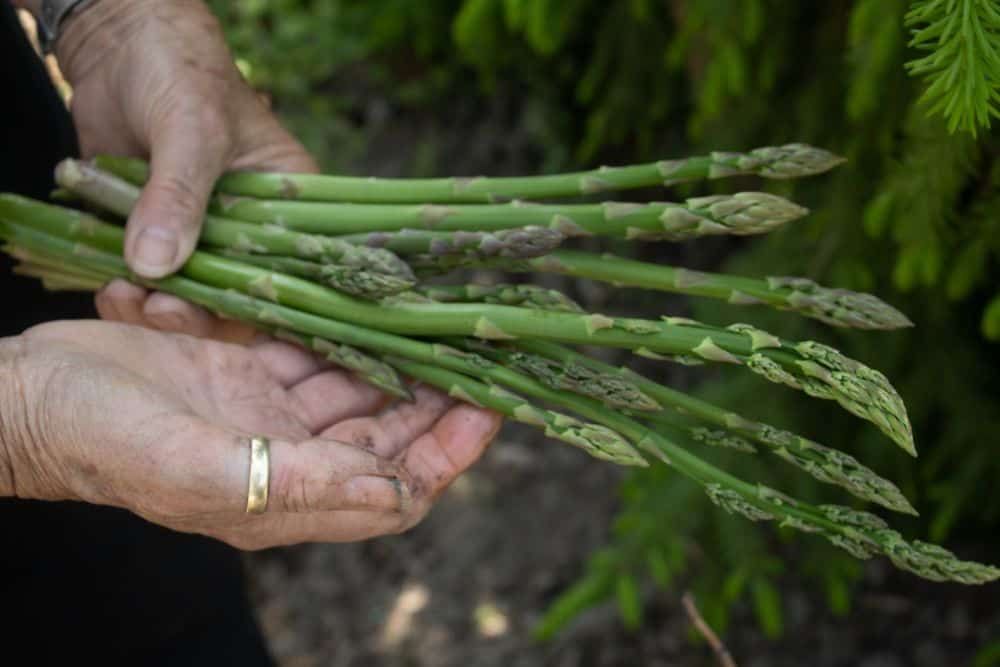Ask any gardener and they will tell you that growing your own vegetable garden is a rewarding experience! You not only get to see the results of your labor, but you also get to eat them! Asparagus is a tasty vegetable to add to your garden, since it grows back year upon year - for about 15 years or more!
However, growing asparagus is a test of patience and care. Asparagus needs time to develop its root system. To make sure that your plant is strong enough to survive for years to come, you should wait until it is three years old to harvest any spears.
Ready to get gardening? Here is everything you need to know about growing asparagus!
Materials Required
Image credit: iMarzi via Shutterstock
Before you start you'll need some tools from your supply box:
- Garden bed or boxes
- Asparagus roots or seeds
- Compost
- Fertilizer
- Gardening Soil
- Garden trowel
- Gardening shears
Get Your Asparagus Roots or Seeds
Image credit: Azay photography via Shutterstock
To grow asparagus, first, decide if you want to plant seeds or roots. Asparagus is primarily sold as a bare root (a dormant root from another plant) that is put directly into the ground. Choosing established asparagus roots allows you to plant immediately during the growing season.
If you decide to instead plant asparagus from seed, many gardeners choose to begin growing them indoors before the growing season begins (as early as February). You can also put your asparagus seeds right into your garden beds at the start of the season as long as the temperature of your soil is warm enough. Select which growing option works best for you, and get ready to start planting.
Allocate a Space and Prepare It
Image credits: Markus Spiske via Unsplash
Time to find a spot for your asparagus to grow! As you decide on a location to grow your asparagus, you want to select a spot that receives plenty of sun ( at least eight hours). The location should also be one that you are happy to sacrifice for a few years until your asparagus plant is fully producing.
Once you select your spot, fill it with a healthy mixture of compost, gardening soil, and fertilizer. Asparagus prefers sandy/loamy soils because it allows plenty of drainage. Also be sure to choose an all-purpose or balanced fertilizer with phosphorous, nitrogen, and potassium to boost your plant's growth.
Having nutrient-rich soil right at the start will give your new plant a boost in its growth, and encourage it to thrive through future growing seasons!
Plant Your Asparagus
Image credit: KarepaStock via Shutterstock
When planting your asparagus roots, do so by digging a trench. Make your trenches 6 inches deep so your asparagus roots have enough space to grow downwards (but not so deep they'll struggle). If you are planting multiple asparagus plants, give 6 inches between each plant and about 18 inches between each row. Cover the roots with soil and finish off with a good watering!
If you are planting asparagus from seeds, you can plant them indoors before the growing season (February to May). On the other hand, you may choose to plant your seeds directly in your garden beds. This can be done when soil temperatures are between 70 to 85 degrees Fahrenheit. Before planting any seeds, soak them for about one to two days before putting them in the ground. Plant them about 1 inch deep, spacing them about 3 to 5 inches apart.
If you grow your asparagus seeds indoors, keep them inside for roughly 11 weeks. Only transplant your new asparagus plants when there is no longer a risk of frost or cold snaps in your area. Just as you would plant an asparagus root, when you transplant your seedlings, give them a space in the garden filled with fertilizer, compost, and healthy soil.
Care for Your Asparagus Plants
Image credits: WikimediaImages via Pixabay
It won't be easy, but remember that you shouldn't harvest your asparagus for the first couple of years. Let the asparagus spears come out of the ground and grow. They will turn woody and eventually fern out. This is a good thing because once it begins to fern out, it can use photosynthesis to collect and send energy down to the plant roots, further establishing it for future years of growth.
It is important to keep watering your plant even if it is not fully producing spears. In the first few years of growing, your asparagus will need 1 to 2 inches of water every week. For older asparagus plants, the amount of water can be reduced down to about 1 inch every week.
Asparagus plants like sandy well-draining soil, so if you live in an area with high heat or little precipitation, check on your asparagus garden often to make sure it is not dry. You can verify the moisture in your soil by using a moisture meter or digging into the soil about an inch deep to see if it is damp or not. If the soil is dry, be sure to give the bases of your plants a good soaking.
Harvest Your Asparagus (Eventually)
Image credits: Inge Poelman via Unsplash
After three years, you will begin to notice more and more spears popping up. Congratulations, your plant is ready for harvesting!
Keep in mind, you need to limit the number of asparagus spears you harvest – especially in the first two years after you begin harvesting. Leaving some spears to fern out will improve the production and health of your asparagus plant.
Cut the ferns back in late fall when they begin to wilt, brown, or die off. Use your gardening shears to cut them about 2 inches above the ground for the winter.
Practice Makes Perfect
Asparagus is a vegetable packed full of protein, fiber, vitamin K, and many other nutrients that have been shown to help with bloating, weight loss, and more! Growing asparagus in your home garden is a cost-effective way to be rewarded with this healthy veggie year upon year. It's well worth the patience!
To start, you'll need to decide whether to plant seeds (start in February) or bare roots (plant in the spring). When you're ready to plant, find a spot in your garden that gets plenty of sun, and fill it with healthy, nutrient-rich compost and soil. Water your asparagus plants weekly. Then, all you have to do is wait!
Ready to take advantage of the benefits of asparagus? Then time to get planting!

